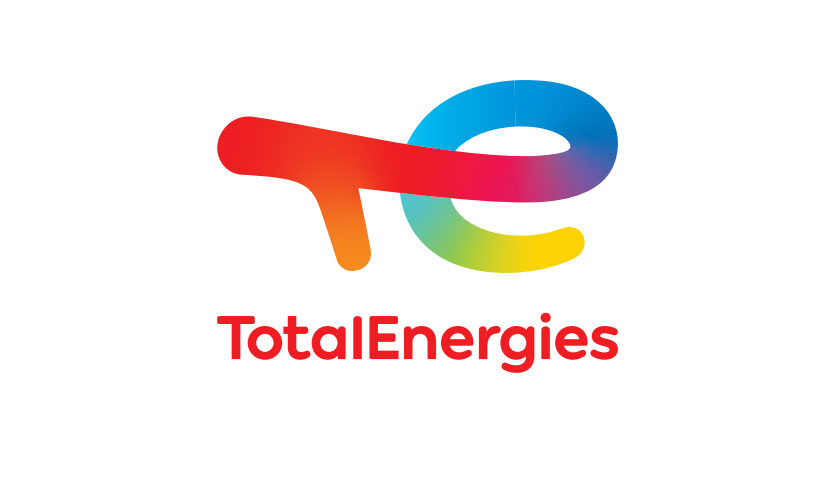The offshore wind industry is increasing array voltage from 66kV to 132kV, to enable larger turbines, reduce cost and ultimately help meet global climate demands.
This increase in array voltage will:
- Enable more efficient power collection for future wind farms globally
- Reduce the length of cables in the offshore wind farm
- Less cable will lower costs and environmental footprints
- Facilitate the next generation of offshore wind turbines.
The industry’s last voltage shift began in 2010, when the Offshore Wind Accelerator (OWA) – Carbon Trust’s flagship research, development and deployment programme, in collaboration with nine leading offshore wind developers – drove the change from 33kV to 66kV. This allowed 8-12MW turbines to be installed and was considered a key factor in offshore wind’s success.
Since then, the industry has grown rapidly in both windfarm and turbine size.
It is predicted this next jump to 132kV will lead to significant cost savings, which will help the industry scale up to 250GW by 2030. As an example, for a 1200MW wind farm, cost savings are predicted to be in the range of £32M to £50M relative to the equivalent 66kV system.
The 132kV conclusion was drawn from a recent project conducted by the OWA.
Project Background
In 2020 the OWA prioritised the need to find a voltage that would accommodate the growing size of both turbines and windfarms, leading to the creation of the High Voltage Array Systems (Hi-VAS) project.
The partners are EnBW, Equinor, Ørsted, Ocean Winds, RWE, ScottishPower Renewables, Shell, SSE Renewables, TotalEnergies and Vattenfall. The project was delivered by Carbon Trust, TNEI, Petrofac, Orient Cable and Hellenic Cables.
Hi-VAS engaged with over 70 different organisations, including suppliers, energy system operators, marine planners, policy makers and international regulators.
Building on the input received from these stakeholders, the project conducted a series of engineering studies to assess a range of possible future array voltages, and how they would impact windfarm design.
Of all the voltages considered, 132kV had the best cost-benefit ratio, and the lowest risk profile. The conclusion of 132kV has been strength tested with the developer consortium and the wider industry stakeholder network and has received unanimous support.
There is urgency to bring 132kV technologies to the market.
The project found 132kV wind farms will be operational by the end of the 2020s at the earliest, and even this timing is dependent on significant proactive work to be carried out by developers and supply chain.
To ensure the most efficient voltage level is used for future offshore wind farms, it is critical no time is lost. The industry must focus on 132kV technology development to ensure the dramatic cost savings are realised as soon as possible.
Stephen Loft, Electrical Department Manager, ScottishPower Renewables
“In order to provide cheaper green energy to everyone quicker, doubling the voltage of our wind farm cables is essential. The global offshore wind industry will benefit immensely from increasing the voltage to 132kV. Doing so will unlock cost savings by reducing cable lengths and reducing electrical losses. Further, it will enable the next generation of wind turbines to be brought to market, which will provide step-change cost savings for the industry. Reducing cable length offshore will also reduce the environmental footprint of offshore wind farms.”
Gonzalo Cuevas, Senior Electrical Specialist, Ocean Winds
“The work done by the Hi-VAS group towards increasing to 132 kV as the next array voltage will unlock a whole new potential in the offshore wind industry, not only by accommodating the system for the next generation wind turbines, but also reducing the costs through innovation to achieve a carbon-neutral world.”
Carsten Christiansen, Head of Electrical Systems, Offshore Projects, Siemens Gamesa Renewable Energy
“Siemens Gamesa Renewable Energy welcomes the industry alignment on the next voltage level as a facilitator for the further industrialisation needed. The significant future expansion of offshore wind on a global scale requires clear technological directions for the supply chain to scale up and to foster a healthy competition.”
Jan Matthiesen, Director of Offshore Renewables and Maritime Decarbonisation, the Carbon Trust
“The Hi-VAS project is a great example of the Carbon Trust’s collaborative R&D approach. It shows that building consensus amongst the major global offshore wind farm developers can quickly and efficiently create de facto standards in the industry, giving great clarity to the supply chain. This in turn allows the global offshore wind industry to rapidly uptake technological step changes, which is necessary to accelerate offshore wind development and meet Net Zero climate targets globally.”
For full details on the project and the roadmap to 132kV, the summary report has been published on the Carbon Trust’s website.

